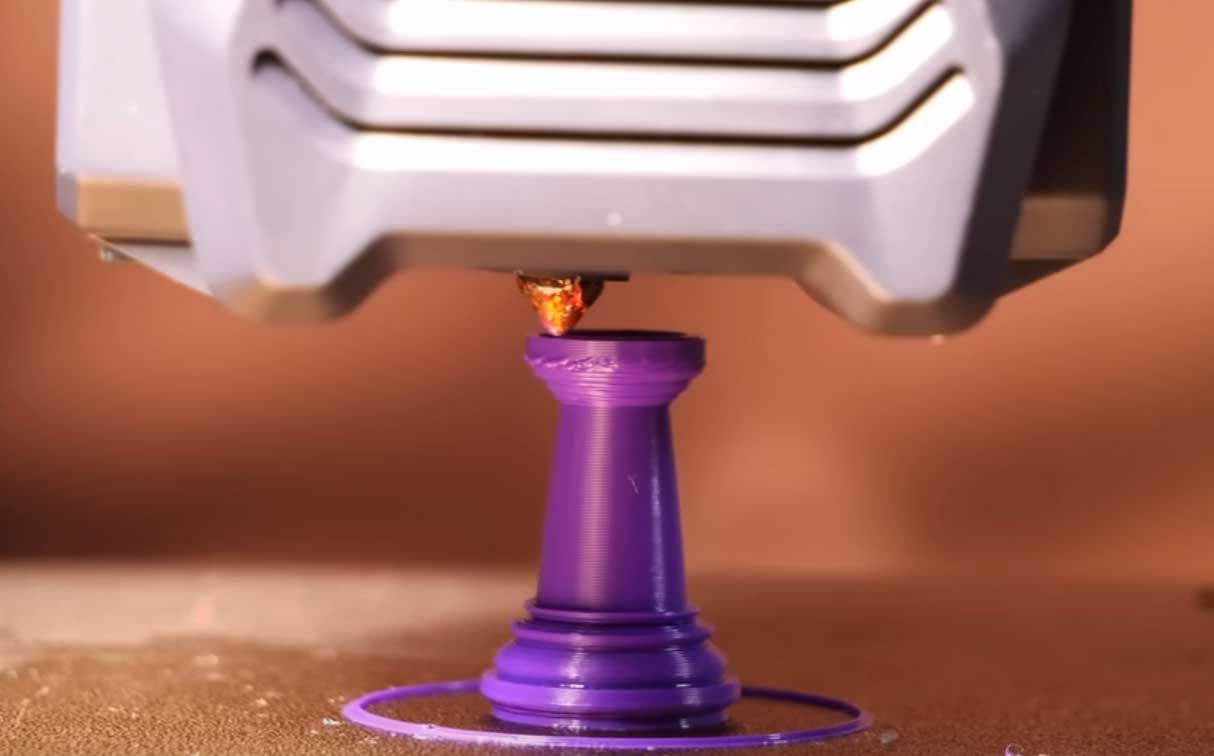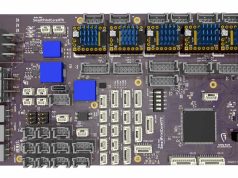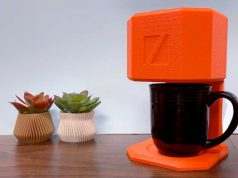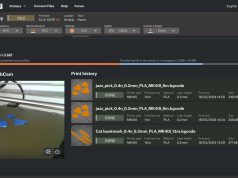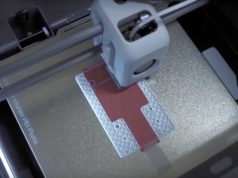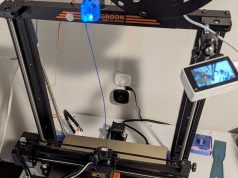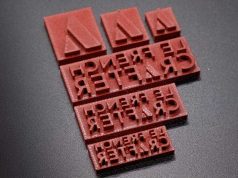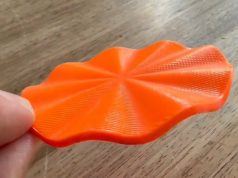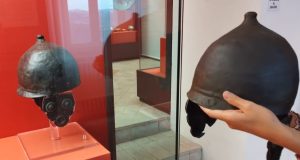Normally, 3D printing with filament takes place at around 200 degrees Celsius. However, there are special tinkering plastics that melt at just 60 degrees. The YouTuber “Lost in Tech” has tested such a filament for medical applications and found some challenges.
The plastic is PCL (polycaprolactone), a biodegradable polyester with a very low melting point of 60 degrees Celsius. PCL is often sold as a craft material because it can be easily molded in warm water. The version tested, “Facilan,” is specifically for medical purposes.
3D printing pens also use PCL because its low melting point makes it ideal. However, molten PCL can also cause burns. However, most 3D printers are not designed for extrusion below 200 degrees. Either the firmware needs to be adjusted or the temperature simply lowered manually.
One advantage of PCL is that it remains malleable after printing in warm water. This makes adjustments possible. In addition, PCL is considered harmless and is used in medicine. Despite some limitations, PCL is interesting for special applications.
Subscribe to our Newsletter
3DPresso is a weekly newsletter that links to the most exciting global stories from the 3D printing and additive manufacturing industry.



